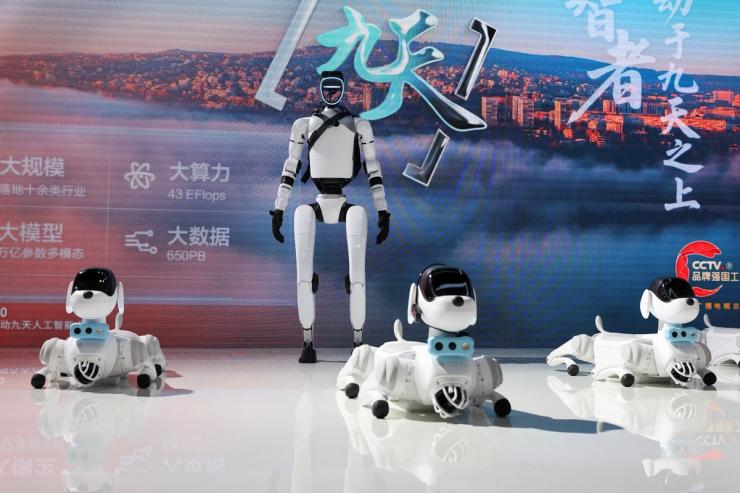Every big, new AI announcement comes with inevitable criticisms from those who believe we might be building the tool that ends all humanity.
One line in a statement from the Future of Life Institute, in response to the launch of GPT-5 Thursday, stood out: “This is a dangerous step toward OpenAI’s stated goal of building superintelligence, which they are closer to building than to figuring out how to control.”
It highlights a truth about the AI race that isn’t getting enough attention: Models today are already sufficiently capable. The reason they have not yet relieved humanity of monotonous tasks and boosted economic productivity is that nobody can, with anywhere close to certainty, control them.
This isn’t just an AI safety problem. It’s a long-term business problem. We keep making AI models better, but have made little progress in understanding what’s happening under the hood. It’s telling that OpenAI didn’t talk about the science of figuring that out — known as “interpretability” — in its launch.
Until we can understand how AI models work, we can’t trust that they’ll follow instructions. If there is even a 1% chance that they might hallucinate or go off the rails or fall victim to a jailbreaking attack, they can’t be relied upon for mission-critical tasks.
The only alternative is to create complex systems and controls to corral AI models into compliance. This is how we handle humans, whose brains we also can’t fully understand. We know people go off the rails, so we have laws to disincentivize them from harmful actions, and we know how to try to limit the damage when they don’t comply.
It may be possible to do the same thing for AI models. Or, we may need to find ways to decode the unfathomably large set of neurons that make them do what they do.


